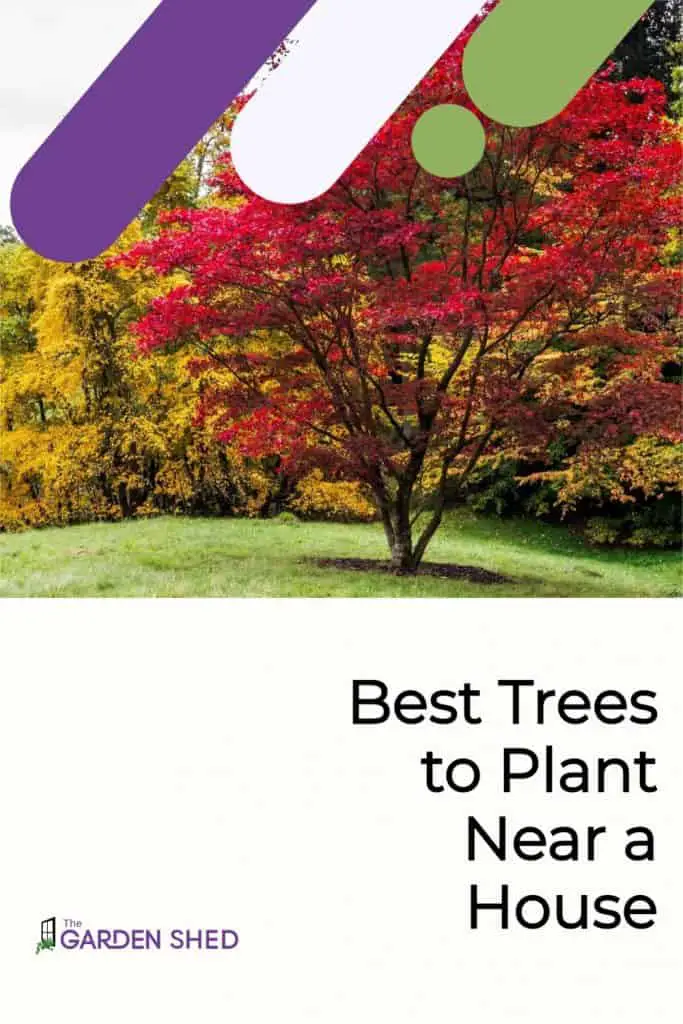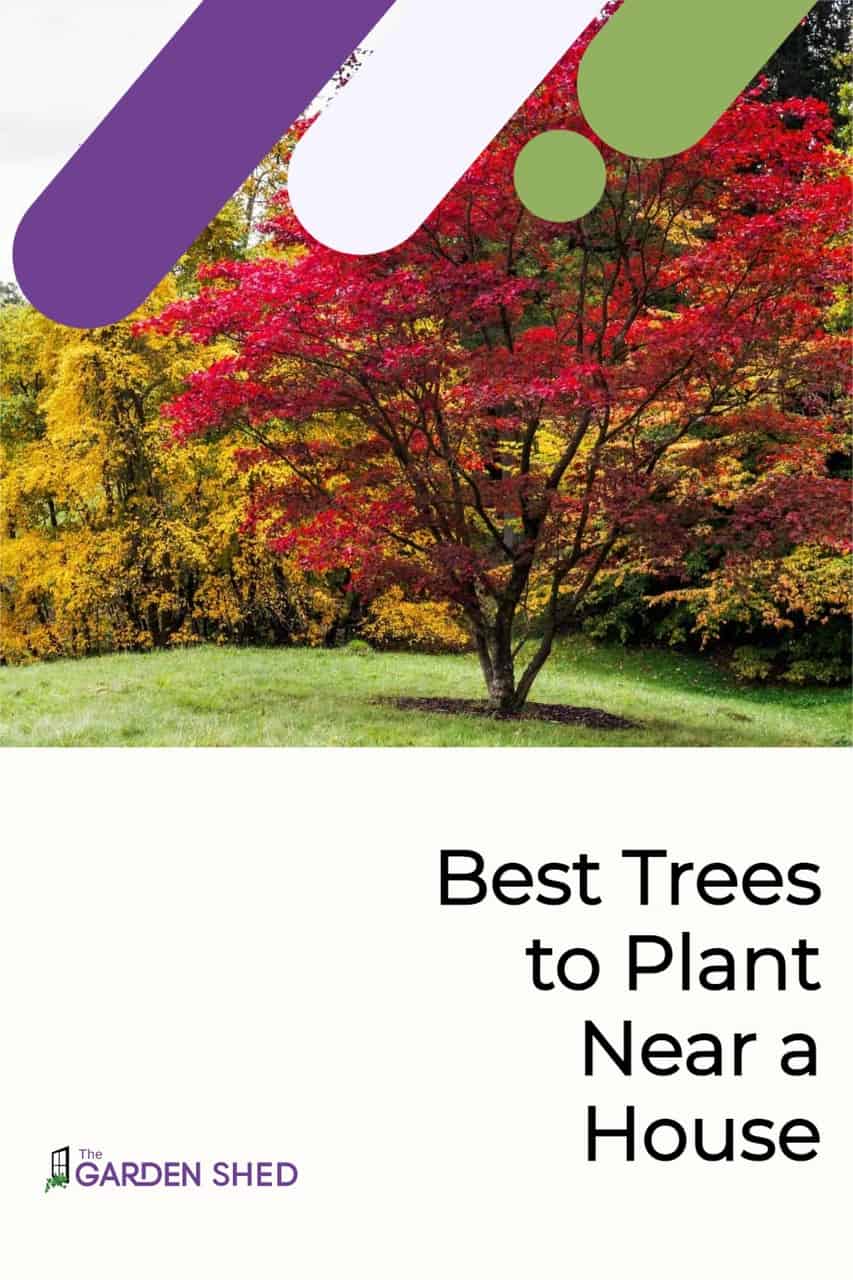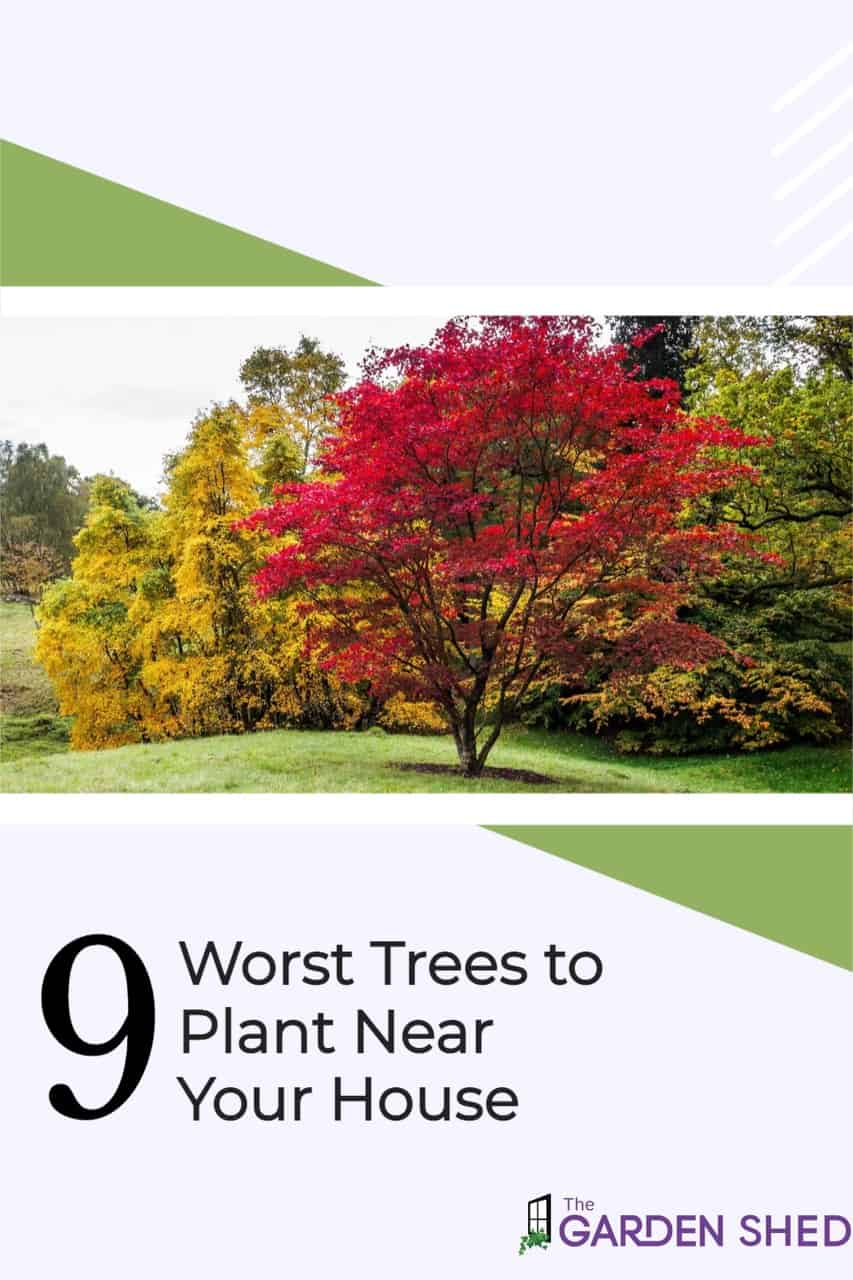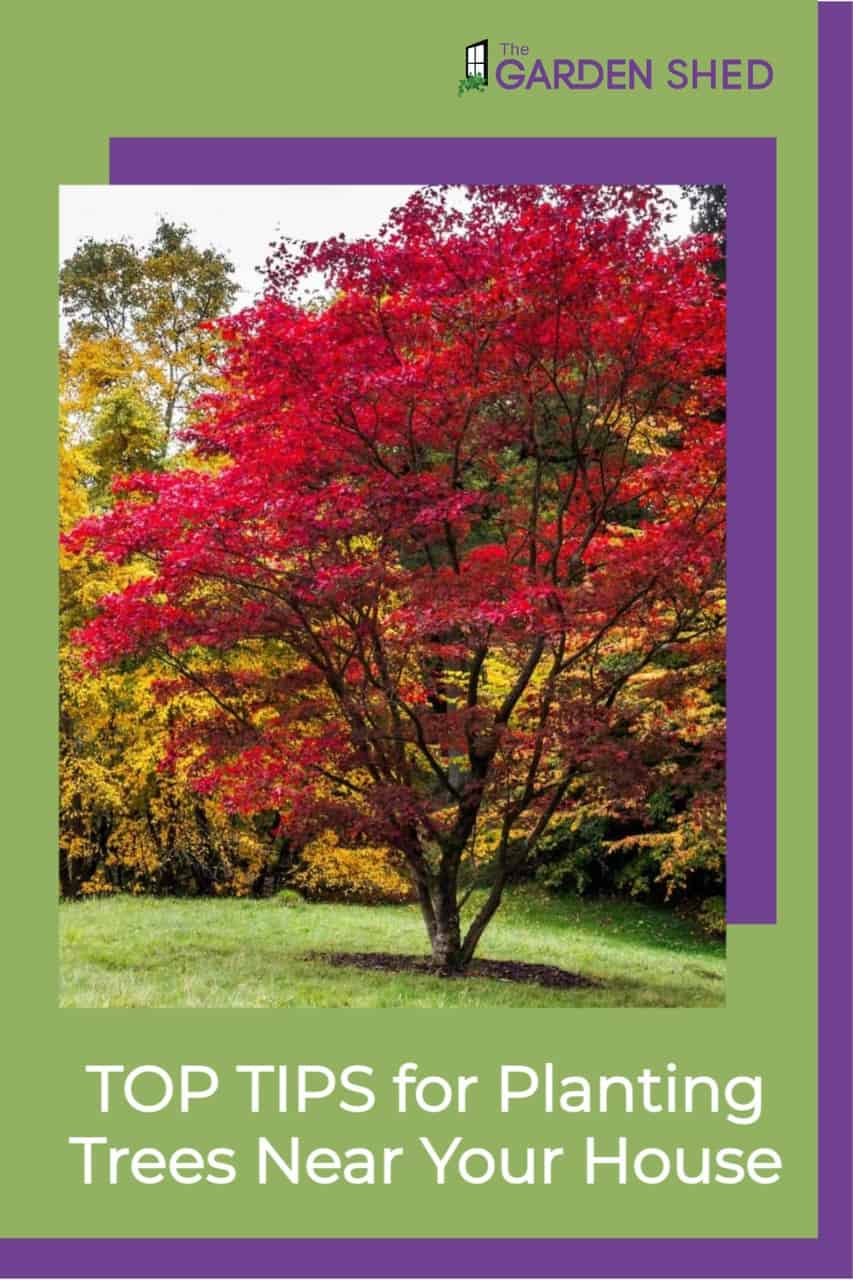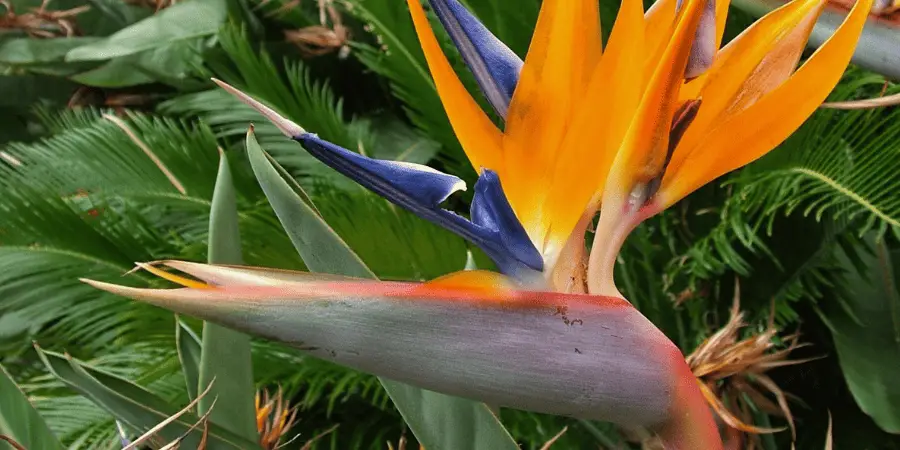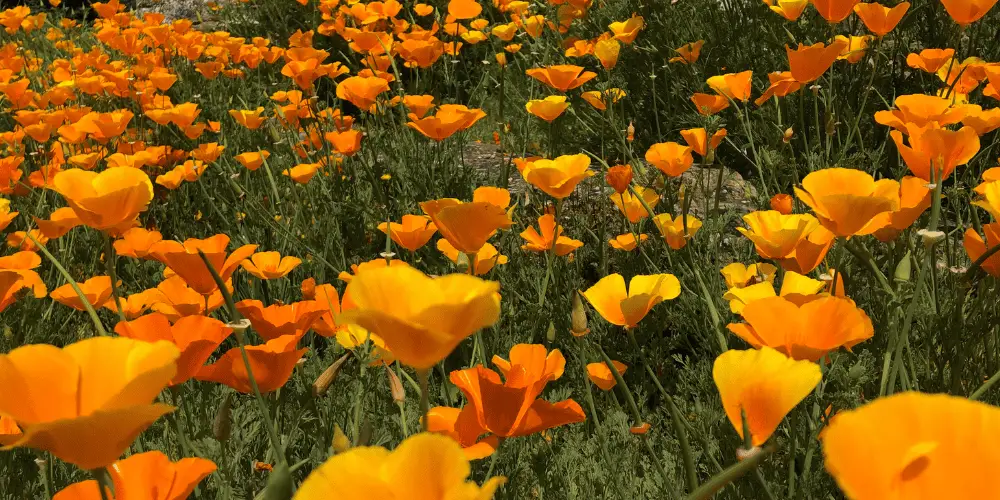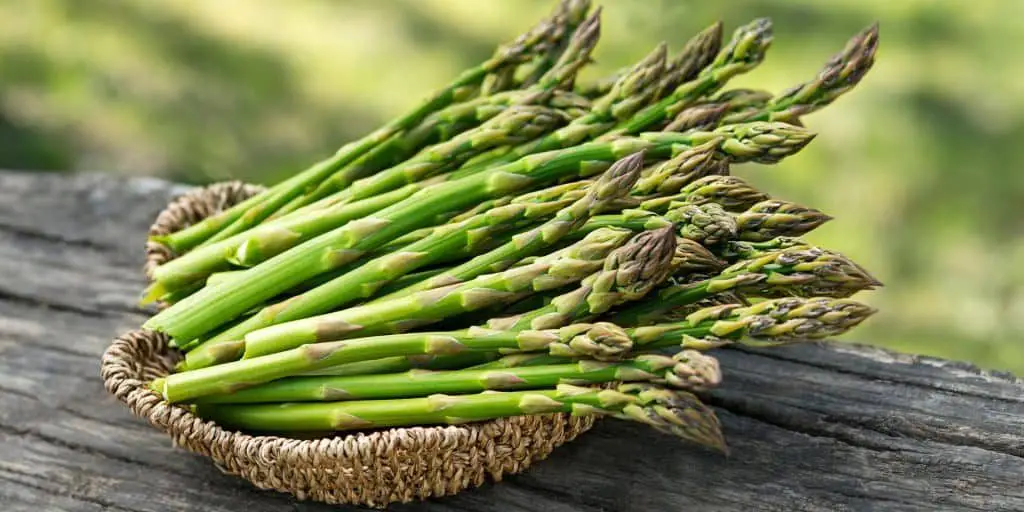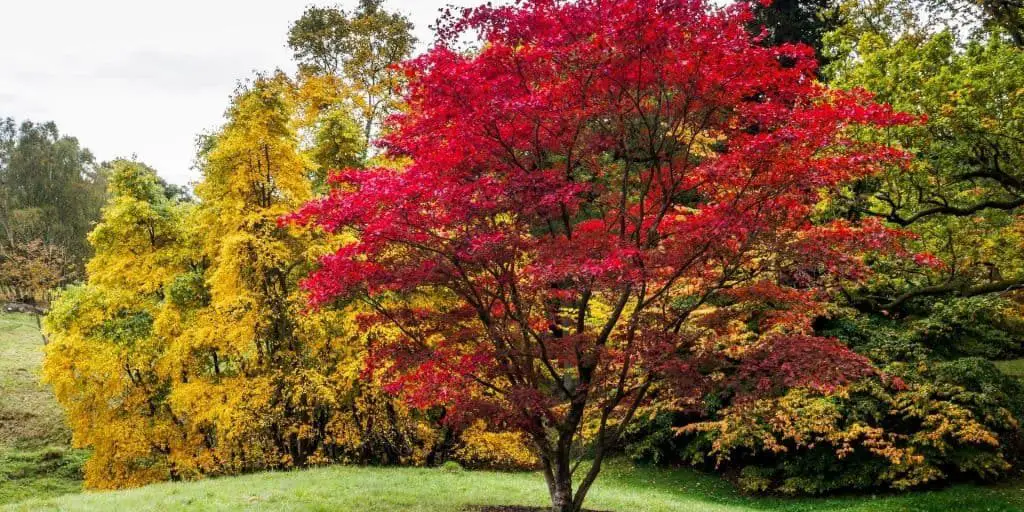
Best Trees to Plant Near a House
- Benefits of Planting Trees
- Common Problems with Trees Planted Too Close to a House
- Three Factors to Consider When Selecting Trees to Plant Near a House
- How Close to Plant a Tree Near Your House
- Best Trees to Plant Near a House
- Worst Trees to Plant Near a House
- Ornamental Trees to Plant Near a House
- Selecting the Right Trees to Plant Near a House Saves Time and Money
Chances are, when you imagine the perfect landscape, it is full of beautiful trees. Unfortunately, in our enthusiasm to create that vision, we often choose the wrong trees to plant near a house. Planting the wrong trees can be a costly mistake. It can lead to foundation damage, a messy yard, or infestation by pesky critters. If you are looking for trees to plant near a house, take some time to educate yourself on the subject. Start here.
Benefits of Planting Trees
Whether you are starting with the blank canvas of a new home and a bare lot, or looking for a tree to add to a well established yard, trees are chosen for a few reasons.
Shade and Shelter
One of the most obvious benefits of planting trees near your house is they provide shelter from the sun and wind. As long as there as been sun and shade, we have enjoyed the luxury of a resting under arching tree limbs. These same limbs are great for reducing the heat (and cooling costs) of our home.
Shelter
Likewise, trees provide a powerful windbreak to shelter our homes from strong winter winds. Depending on their location, these trees can reduce our heating bills, prevent damage to our home, and keep our home warmer.
Beauty
The proper trees add beauty to any yard. Their shape adds balance to our landscape and their spring flowers and fall foliage add a pop of color.
Value
Not only are trees aesthetically pleasing, they also add real financial value to our home. Beautiful landscaping always adds to the selling price of a home.
Common Problems with Trees Planted Too Close to a House
Now let’s look at the other side of choosing the wrong trees to plant near a house.
Foundation Damage
When looking for trees to plant near a house, always choose plants that have non-invasive roots. Fast-growing invasive roots can actually cause damage to the foundation of your home. Such damage can be costly to repair. In addition, invasive tree roots can also damage sidewalks, driveways, and water and sewer lines.
Debris
Some trees have a messy nature. During various seasons of the year they might drop branches, seed pods, spent flowers, leaves, or shedding bark. These trees are not ideal to have close to the house and it is best to avoid planting them.
Squirrels, Squirrels, Squirrels
If you enjoy staring at the ceiling at night and listening to squirrels scamper across your roof, plant a large tree too close to the house. Once it grows to a proper size, the squirrels will use it as a ladder to access your roof. Plant large trees far enough from your home so this is not an issue. If the tree is already there and scampering squirrels are a issue, trim branches that are close to or touching the roof.
Size
Trees that grow too large can overpower a house and make it look small. In addition, trees that are too big can throw shade over too much of a small yard. Trees need to be chosen in proportion to the size of your home and yard.
Three Factors to Consider When Selecting Trees to Plant Near a House
Too often, homeowners plant trees for how they are going to look today instead of planning for the future. It’s sort of like the apartment owner who falls in love with an adorable Saint Bernard puppy and takes it home. Most of us can see that’s just not going to work. With trees, it isn’t quite as obvious. Before falling in love with a tree and taking it home, so to speak, consider its mature size, root spread, and shedding habit.
Mature Size
First, we need to know how big that tree will be at maturity. If buying from a store, be sure to check the tag that often is attached to the tree for that information. If buying from a nursery, ask for the mature height and width.
Root Spread
Second, we need to know how the tree spreads its roots. Do the roots remain relatively close to the tree? Do they grow downward? Or do they spread vertically and possibly cause problems for your home?
Shedding Habit
Third, we need to know how the tree sheds limbs, leaves, seed pods, fruits, and flowers. Some trees are messy and, as a result, make a mess of our yards. Such trees are undesirable trees to plant near a house.
Once we know those three things, then it will be easier to make an informed decision.
How Close to Plant a Tree Near Your House
As a general rule, the helpful website of Mr. Tree Services suggests the following.
- Large trees over 70 feet tall – plant at least 20 feet away
- Medium trees 30 to 70 feet – plant at least 15 feet away
- Small trees under 30 feet – plant 8 to 10 feet away
These distances may seem too great, but in a few years when your tree shocks you with its growth, you will be glad that you planned for the future. In addition, if you don’t follow these guidelines, eventually you may be paying someone to remove that beautiful tree that grew too large for its location.
Best Trees to Plant Near a House
Japanese Maple
There are many varieties of the popular Japanese maple, but all are valued for their lacy leaves, brilliant fall color, and interesting shape. Most varieties also do not grow very tall.
Majestic Beauty Olive
This variety of olive tree does not produce fruit and, therefore, is not messy at all. The leaves are an interesting gray-green color and it grows to about 30 feet tall.
Manzanita
The Dr. Hurd manzanita trees have glossy, oval-shaped light green leaves and pretty red bark. They are 15 to 20 feet tall when mature and thrive in full sun or partial shade.
Sun Valley Maple
The leaves of this tree turn bright orange in the fall. During the summer, it makes a good shade tree. The Sun Valley does not release the messy helicopter seeds and grows to about 25 feet tall.
Worst Trees to Plant Near a House
American Elm
The American Elm is a tree that has shallow roots that grow just under the ground, easily destroying your sidewalk, lawn, or driveway.
Eastern Cottonwood
Cottonwoods produce fluffy seeds that look like cotton. When these messy and sticky seeds start falling on a windy day it can look like it is snowing outside. To make matters worse, the shallow root system is quite aggressive.
Oak
Everyone loves the stately and beautiful oak; unless it is planted too close to your home. In that case, that beautiful oak can do some ugly damage to your foundation, sidewalks, and driveway.
Poplar
The poplar tree is a tall tree with especially aggressive roots that have damaged many sewer systems and foundations.
Silver Maple
The silver maple has pretty shimmering leaves that are pleasant to look at, but it also has roots that tend to grow above ground, destroying any chance of growing an attractive yard under the tree. Its roots are also great at breaking sidewalks and invading water lines.
Sweet Gum
Sweet gums have two problems. First, let’s start with the positive. The foliage has a lovely color in the fall. Offsetting that, however, the seeds have sharp, spiny exteriors that are painful to bare feet and pets. The roots are also invasive.
Sycamore
Sycamore trees are a mess. They shed a large amount of leaves, seed balls, twigs, and bark. The seed balls can irritate skin or even cause respiratory problems to susceptible people. In addition, the spreading roots damage water and sewer lines, sidewalks, driveways, and if planted close to the house, also foundations.
White Ash
This fast-growing shade tree would seem a good choice for quick shade but its lateral roots are also fast growing and quickly become invasive.
Weeping Willow
Few trees are more beautiful than the graceful weeping willow. Few trees are also as messy! The willow not only sheds its long limbs frequently, its strong and aggressive roots also love to invade sewer lines.
Ornamental Trees to Plant Near a House
Crabapple
The pretty crabapple tree blooms in a variety of colors in the spring and stays relatively small at less than 20 feet.
Flowering Dogwood
The dogwood is a welcome sign of spring with its white or pink blossoms and is among the most popular trees to plant near a house. Blossoms last about two to four weeks, depending on the variety.
Redbud
Redbud trees are valued for their showy pinkish-purple spring blooms. The leaves are also pretty and are heart-shaped. The pretty blossoms last two to three weeks. A mature redbud reaches about 20 to 30 feet tall.
Crepe Myrtle
Crepe myrtles are popular choices for many southern landscapes due to their white, pink, red, and purple blossoms. They range in size from 6 to 30 feet tall, depending on the variety.
Selecting the Right Trees to Plant Near a House Saves Time and Money
Trees are often the most expensive part of your landscape. Therefore, its crucial that you spend your wisely. If not, then eventually you will pay for that mistake when you are forced to remove trees or repair foundations, driveways, sidewalks, or sewer and water lines. Choose wisely, and you can relax in the shade for many years to come.
Related posts:
